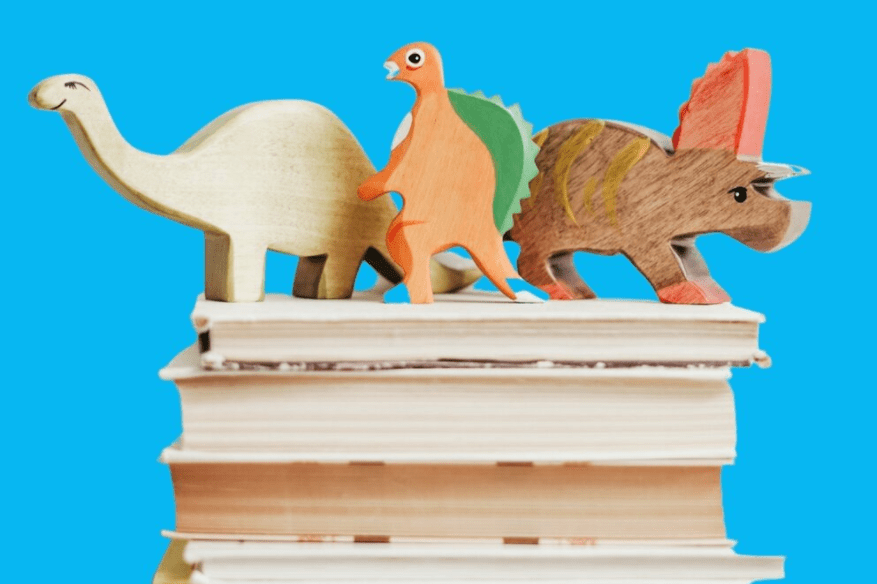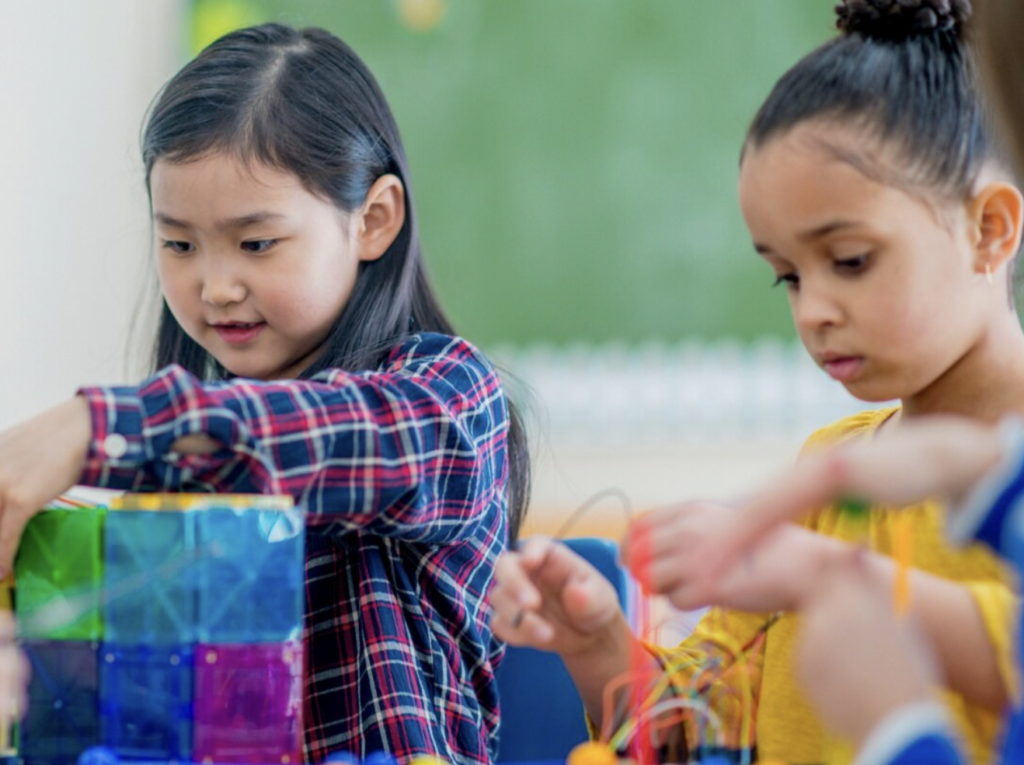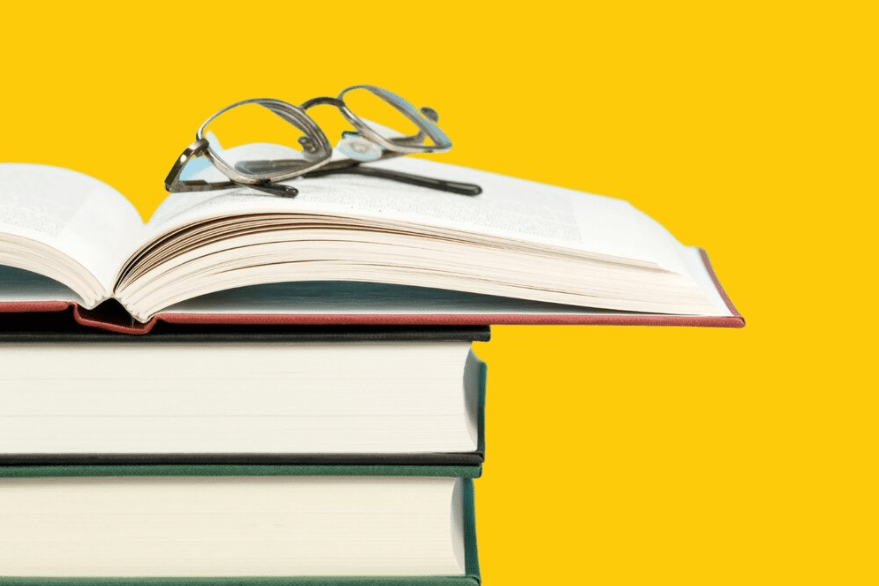
Hollis Scarborough’s “Reading Rope” theory has been a hot topic in the world of literacy. If you listen to the Science of Reading podcast, you’re probably already familiar with Scarborough’s reading rope: a visual representation of all of the skills involved in reading.
One of these skills is background knowledge. Background knowledge is everything a child already knows about a topic prior to engaging in the lesson or activity. So for reading, background knowledge refers to all of the information and understanding that students already have that will help them gain deep meaning from whatever text they are reading. Some level of background knowledge is important in ensuring that a student is able to get the most out of a text.
Types of Background Knowledge
Different types of background knowledge come in handy in different contexts. One type of background knowledge has to do with facts and information about a topic. This is helpful when a child is interacting with text about a specific topic, and can use what she already knows to deepen, clarify, or supplement her prior knowledge. Another type of background knowledge is conceptual. For example, when students are reading a fictional story, having enough experience with fiction to know the types of decisions authors can make will help them make predictions and more accurately follow the story arc.
Why is Background Knowledge Important?
Background knowledge is crucial in order for students to fully develop their reading skills. When students use prior knowledge, their brains are able to create new connections between what they already knew and the new information they are learning. The more background knowledge a student has about a topic, the more deeply they’ll be able to engage with it.
How to Help Students Build Background Knowledge
Here are some simple strategies for helping students develop background knowledge.
KWL Charts. KWL stands for “know, want to know, learn.” Students usually complete these as a class, or sometimes independently, at the very beginning of a unit or before learning about a new topic. They brainstorm what they already know about the topic, then use that background knowledge to formulate questions they’d like answered. During their learning, students stop periodically to add what they’ve gathered to the “learn” column of the chart. This is a great way to help students make those important connections between their prior knowledge and new learning.
Compare/Contrast. When students compare and contrast topics, ideas, or objects, they use background knowledge. They take what they already know and think about it in new ways, looking for similarities and differences.
Multisensory Learning. When students are able to learn through multisensory activities, there are so many more opportunities to make new connections. When students are engaging all of their senses and experience different modes of learning, information becomes much “stickier!”
Model Active Reading. Finally, show students how to read actively. Passive reading doesn’t build strong readers. This means students should interact with the text by writing, drawing, stopping and thinking, or questioning. Active reading brings so much more out of the text for the reader! Show students how and when to pause in their reading. Model this with a read-aloud. During pauses, think out loud, take notes, ask questions, or otherwise engage with the text in ways the students can see and replicate. Once they see you model this enough, they’ll start doing it on their own!




